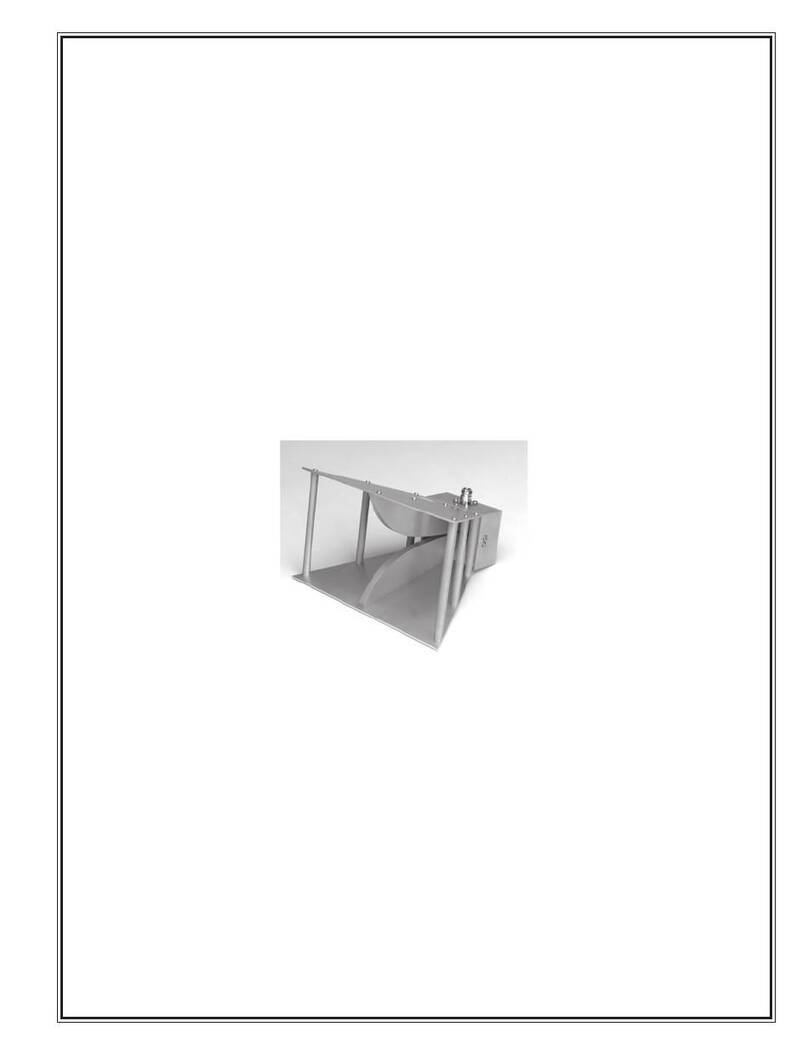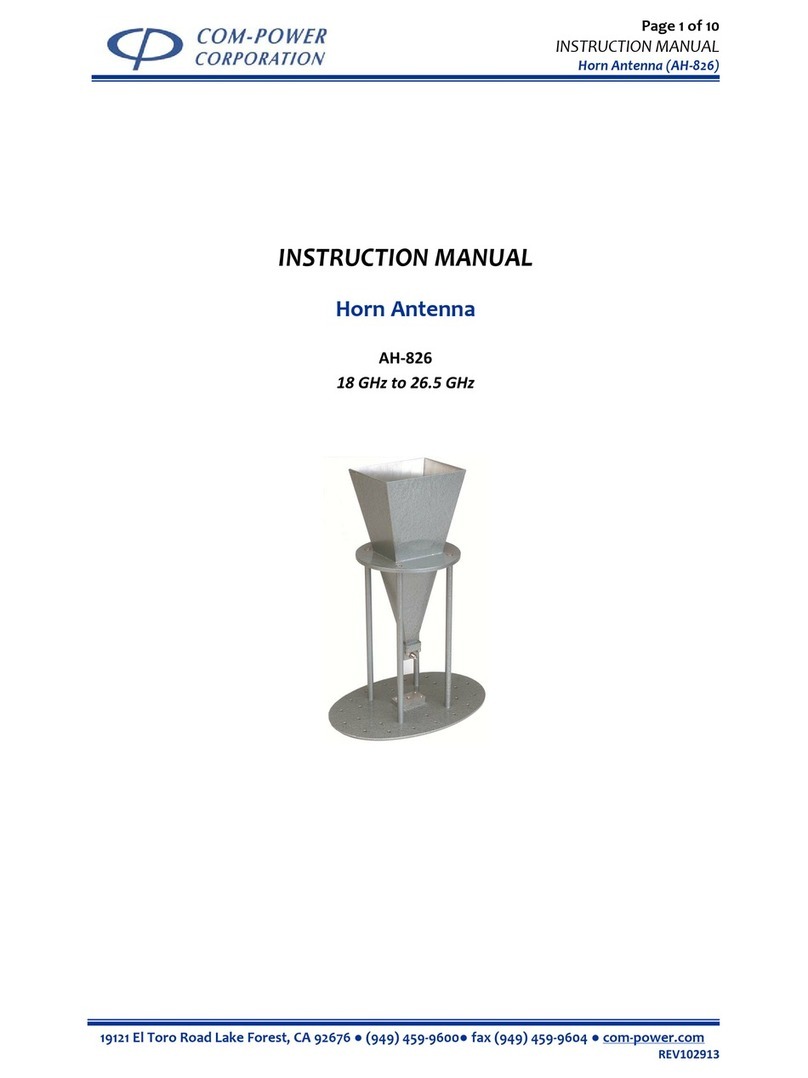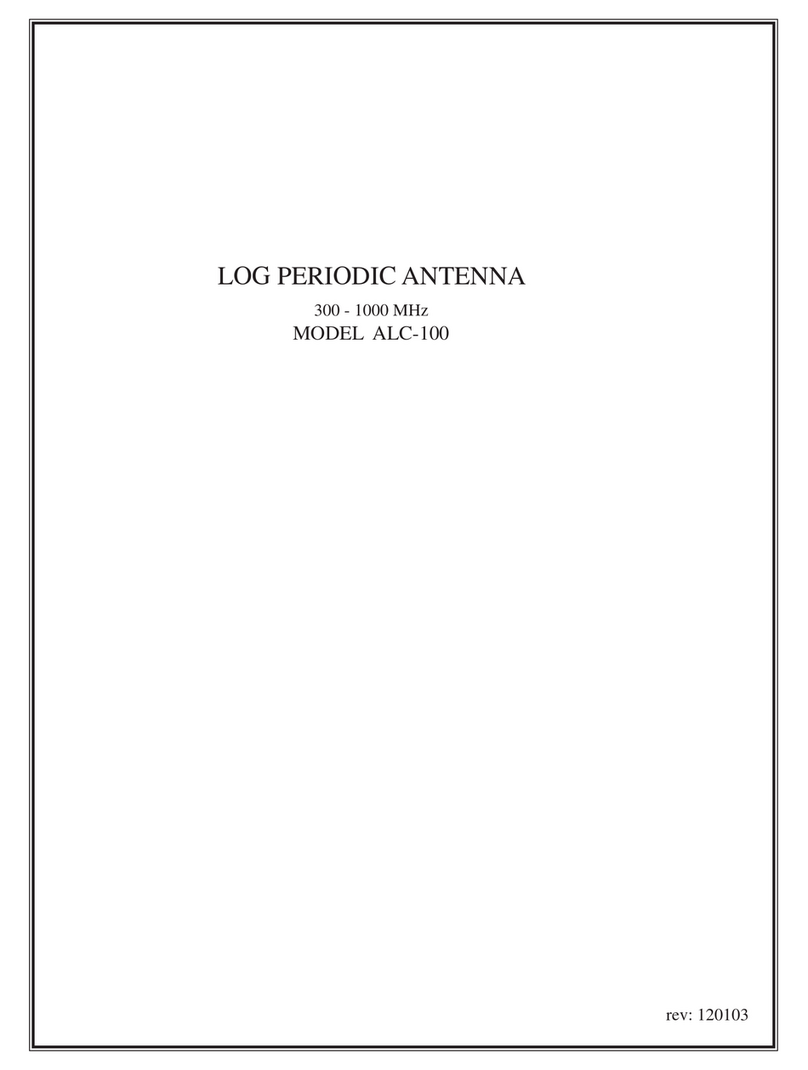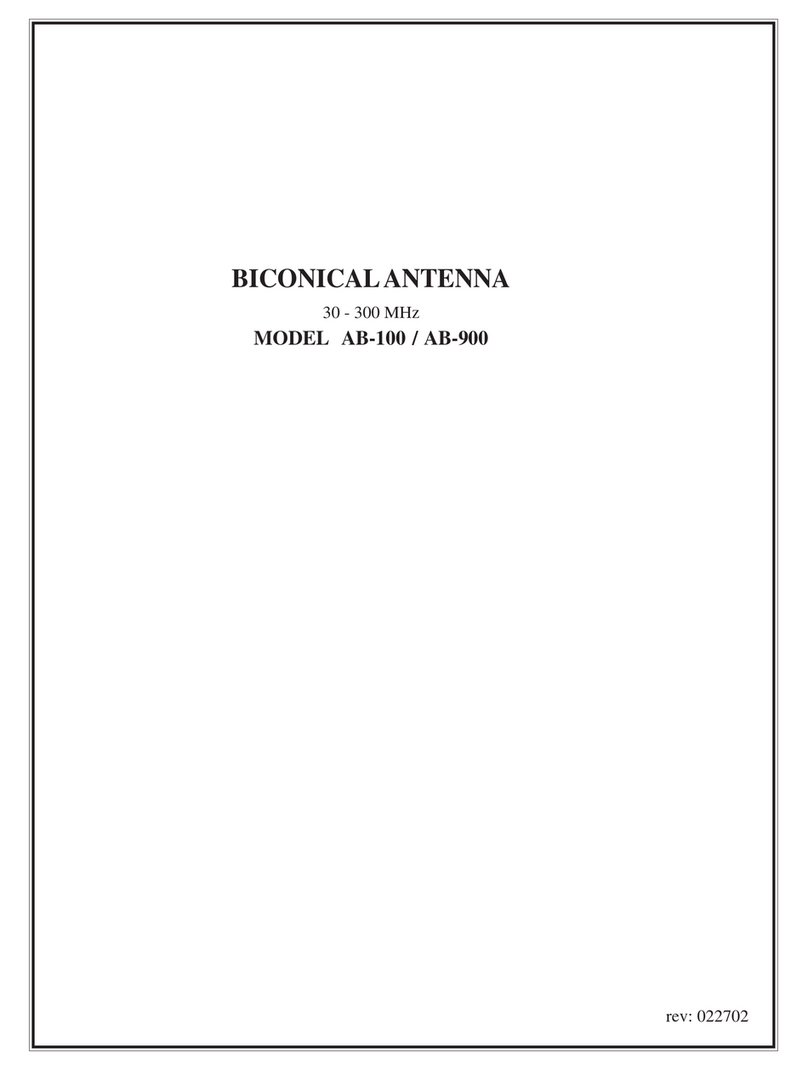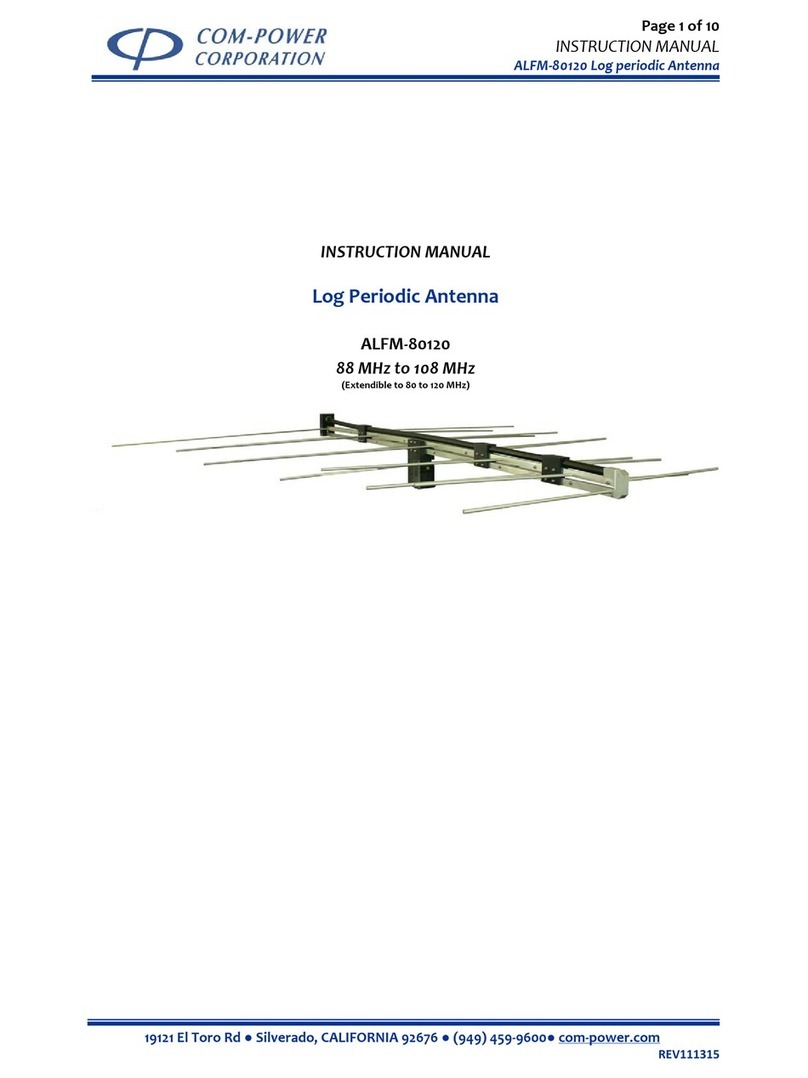
AD-100 Dipole Antenna
Theory of Operation 3
This chapter explains the following:
a) Overview
b) Theory of Operation
c) Functional Block Diagram
3-1
3.0 Overview
This section describes the theory of operation of AD-100 DipoleAntenna.
3.1 Theory of Operation
The tuned dipoles are standard antennas used for calibrating Open Area Test Sites
(OATS), EMC measurement and as a reference antenna for calibrating other antennas.
These antennas are constructed according to ANSI standard C63.5 requirements.
For site attenuation measurement for the range of 30 MHz 1000 MHz, ANSI C63.5
recommends to using half wave tuned dipoles. Broadband antennas such as biconical
and log periodic antennas can also be used for site attenuation measurements. However,
use of dipole antennas are preferred because they are precise and reduce measurement
uncertainty. The broadband antennas are desirable for EMC testing because they do not
have be tuned to each frequency before making the measurement. To tune the dipole, the
wavelength of the frequency that is being measured must be calculated. The elements of
the dipole must be then adjusted to the half wavelength for that frequency before taking
measurements.
The wavelength for any frequency F the equation: Wavelength = C / Frequency in MHz
where C is the velocity of light, 3 x 108meters /sec.
Using this formula the wavelength of 30 MHz is 3 x 108m/sec divided by 30 x 106 Hz or
300/30 = 10 meter. Therefore, half wavelength is 10/2= 5 meters. This is the total dipole
length tip to tip. Since the balun has two sides, the elements of on both sides of the balun
head must be adjusted quarter wave length. That is 10/4 = 2.5 meters per side measured
from the center of the balun head.
It must be noted however, that these calculations are theoretical. The tuned dipole is
typically 4% smaller than this theoretical length. Table 3.1 lists the typical quarter
wavelength for adjusting the tuned dipole elements.












